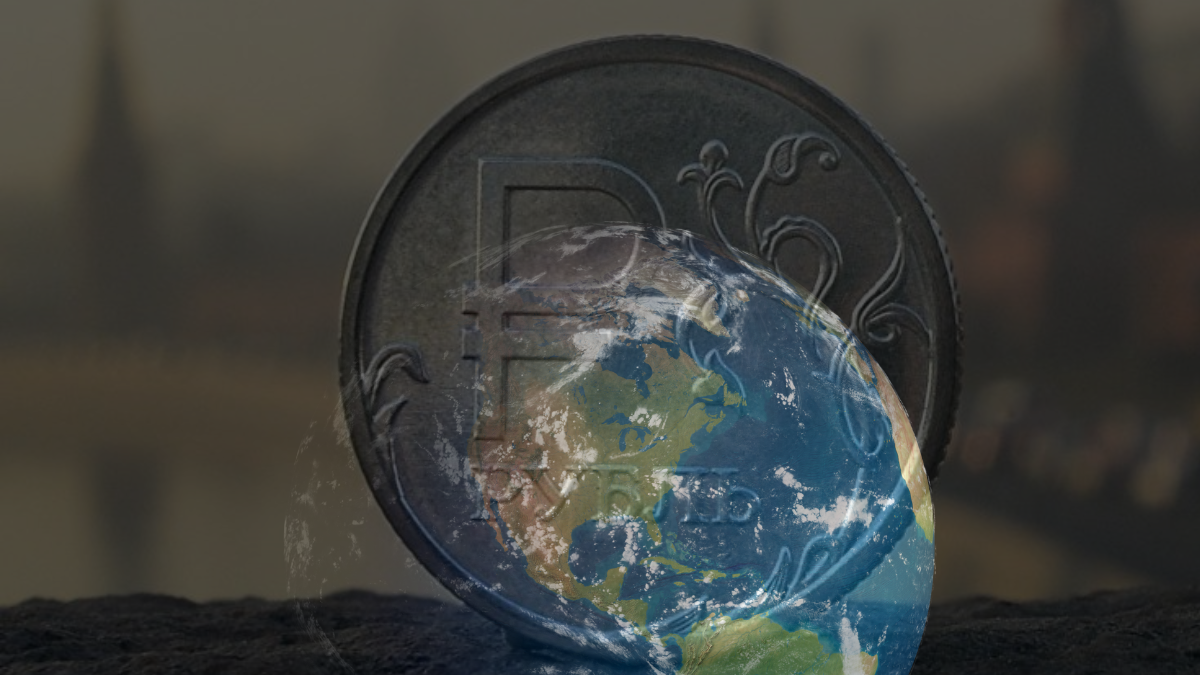The digital ruble is a central bank digital currency (CBDC) being developed by the Bank of Russia. It is a digital form of the Russian ruble, the national currency of Russia. The digital ruble is designed to be a more efficient and secure way to make payments, and to help Russia compete with other countries that are developing CBDCs.
This digital coin has been a major focus of the Russian government in recent years. In 2020, the Bank of Russia published a white paper on the digital ruble, and it has been conducting pilot tests of the currency since then. In July 2023, President Vladimir Putin signed a law that paves the way for the launch of the digital ruble.

There are a number of reasons why the Russian government is interested in making this happen. First, the digital ruble could help to improve the efficiency of the Russian financial system. Currently, the Russian financial system is relatively inefficient, and the digital ruble could help to reduce transaction costs and improve the speed of payments.
Second, it could help to increase the security of the Russian financial system. The digital ruble is based on distributed ledger technology (DLT), which is a more secure way to store and transmit data than traditional payment systems. This could help to protect the Russian financial system from cyberattacks.
Third, it could help to boost the international use of the Russian ruble. Currently, the Russian ruble is not widely used outside of Russia. The digital ruble could make it easier for people to use the ruble for international payments, which could help to boost the Russian economy.
Of course, there are also some concerns about the digital ruble. Some people worry that the digital ruble could give the Russian government too much control over the financial system. Others worry that the digital ruble could be used to evade sanctions.
It is still too early to say what the ultimate impact of the digital ruble will be. However, it is clear that the Russian government is serious about developing the digital ruble, and it is likely to play a significant role in the future of the Russian financial system.
Putin's Intentions
One possibility is that Putin sees the digital ruble as a way to strengthen Russia's financial system and make it more resistant to sanctions. The digital ruble would be a more secure and efficient way to make payments, and it would be less vulnerable to cyberattacks. This could make it more difficult for the United States and other Western countries to impose sanctions on Russia.
Another possibility is that Putin sees the digital ruble as a way to increase Russia's influence in the global economy. The digital ruble could be used to facilitate trade with other countries, and it could also be used to attract foreign investment. This could help to boost the Russian economy and make Russia a more powerful player on the global stage.
Of course, it is also possible that Putin has other intentions for the digital ruble. He may be hoping to use it to track the financial transactions of his citizens, or he may be hoping to use it to launch a new digital currency that could challenge the dominance of the US dollar.
Only time will tell what Putin's ultimate intentions are with the digital ruble. However, it is clear that the digital ruble is a major priority for the Russian government.
Conclusion
The digital ruble is a new and innovative payment system that has the potential to revolutionize the way people make payments in Russia. However, in my opinion any system that is controlled by the government is destined to fail, no matter how nice everything related to the digital ruble sounds, in the end, it is centralized.
Posted Using LeoFinance Alpha
Congratulations!
Your post has been manually curated and reblogged.
You can follow our curation trail on Hive.Vote
If you want to support us and the authors we vote for you can upvote this comment or delegate some Hive Power to our account. Thanks!
Propose a worthy post by mentioning us in the post or in a comment.
We reblog curated posts, follow us if you wish to see them in your feed.